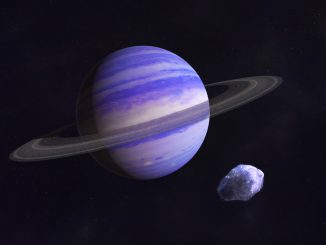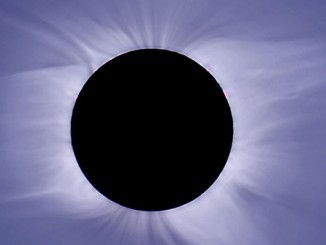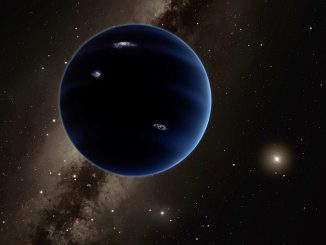
NASA’s $1.5 billion Parker Solar Probe was blasted into space 12 August by a United Launch Alliance Delta 4 Heavy rocket that put the spacecraft onto a trajectory that will carry it past Venus on 2 October and then within 24 million kilometres (15 million miles) of the Sun on 5 November, the first of 24 close encounters that eventually will carry the probe within 6.1 million kilometres (3.8 million miles) of the star’s visible surface.
The repeated passes through the Sun’s outer atmosphere, or corona, will expose Parker to temperatures up to 1,370 degrees Celsius (2,500 F) – hotter than lava – while whipping through the elliptical orbit’s low point, or periapsis, at an eventual 692,000 kilometres per hour (430,000 mph). But using a state-of-the-art heat shield, the spacecraft’s instruments, flight computer and other critical systems will remain at a comfortable 30 C (85 F) while collecting an unprecedented bounty of data.
No spacecraft has ever attempted to fly so close to the Sun. Even its first encounter in November, four times farther out than its eventual target, will be three times closer than any previous mission.
“In our very first flyby (of the Sun), we get a little more than 15 million miles away from the Sun’s surface,” said Nicola Fox, the Parker project scientist. “We’re still three times closer than anything has been before. … The spacecraft is staying over the same area of the sun for many, many days, allowing us to do some really incredible science on our very first flyby.”
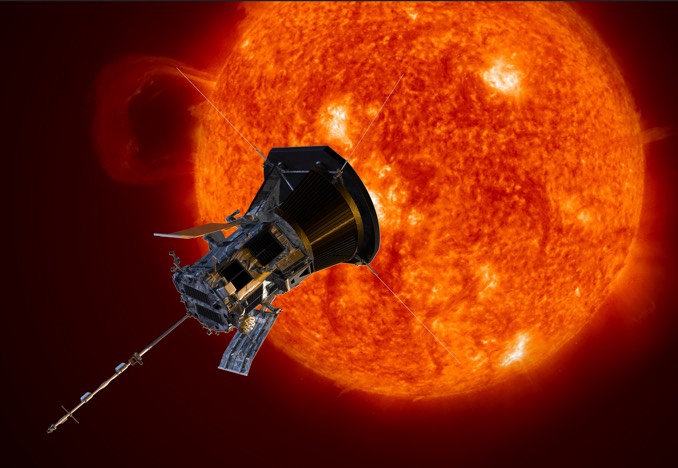
Parker is focused on learning what heats up the corona to several million degrees while the visible surface below is hundreds of times cooler at 5,500 C (10,000 F). The heating could be due to complex interactions between electrically charged particles and the Sun’s powerful magnetic field or the result of countless “nanoflares” pumping heat into the outer atmosphere.
Or both.
“We’re used to the idea that if I am standing next to a camp fire and I walk away from it, it gets cooler,” said Alex Young, associate director of heliophysics at NASA Headquarters. “But this is not what happens on the Sun. As we go from the surface of the Sun, which is 10,000 degrees (Fahrenheit), and move up into the corona, we find ourselves quickly at millions of degrees. So this is a fundamental question that drives not only how this star works, our Sun, but actually all the stars in the universe.”
Scientists also want to learn more about the mechanism that accelerates the electrically charged particles in the solar wind to supersonic velocities in the corona, possibly leading to improved space weather forecasting to help satellite operators, power companies and others prevent damage when torrents of high-energy electrons, protons and helium nuclei from particularly disruptive solar storms slam into Earth’s magnetic field.
“This space weather has direct influence, not always positive, on our technology in space, our spacecraft, it disrupts our communications, it creates a hazardous environment for astronauts and in the most extreme cases can actually affect our power grids here on the Earth,” said Young. “So it’s of fundamental importance for us to be able to predict this space weather much like we predict weather here on Earth.”
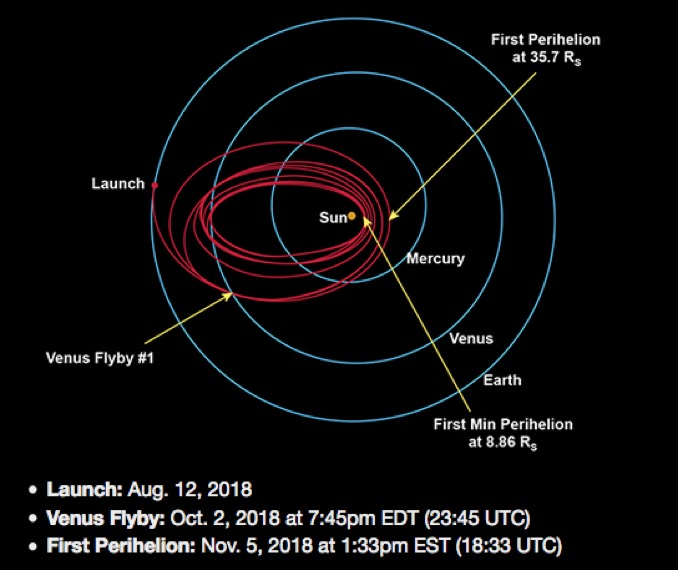
Eugene Parker, the University of Chicago astrophysicist who first theorised the existence of the solar wind in 1958, flew to Cape Canaveral to witness the launch. Now 91, Parker is the first living scientist to have a space probe named in his honour.
“I really have to turn from biting my nails and getting it launched to thinking about all the interesting things, which I don’t know yet, and which will be made clear, I assume, over the next five or six or seven years,” Parker said after the Delta 4 Heavy thundered away. “It’s a whole new phase, and it’s going to be fascinating throughout. … All I can say is wow, here we go. We’re in for some learning over the next several years.”
The Parker Solar Probe is equipped with four instrument suites.
The FIELDS instrument will characterise the Sun’s electric and magnetic fields, measuring waves and turbulence in the atmosphere to help scientists understand how magnetic field lines can explosively snap apart and re-align.
The Wide-Field Imager for Parker Solar Probe, or WISPR, will photograph the large scale structure of the corona, studying coronal mass ejections, jets and other phenomena.
The Solar Wind Electrons Alphas and Protons Investigation, or SWEAP, includes two instruments designed to study the electrically-charged particles making up the solar wind, measuring their velocity, density and temperature.
Finally, the Integrated Science Investigation of the Sun will use two instruments to measure particle energies to learn more about their origin and how they are accelerated to such high velocities.
“The science is ground breaking, it’s compelling, it’s confused scientists and puzzled us for decades and decades and decades,” said Fox. “We’re now going to fly this mission.”

